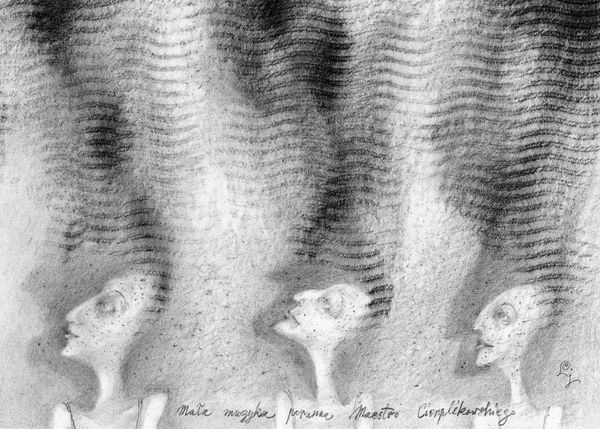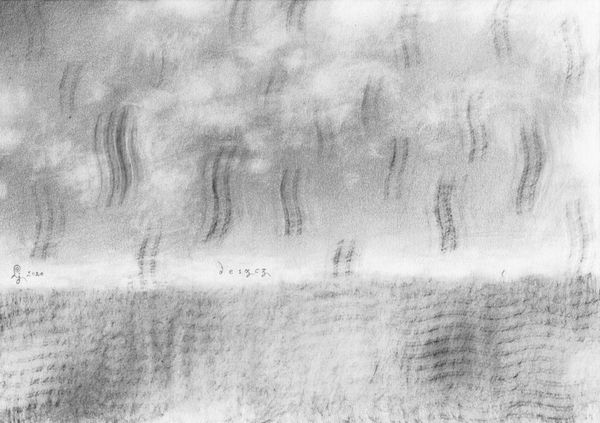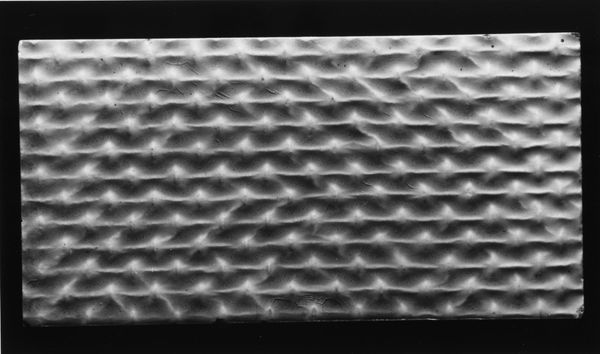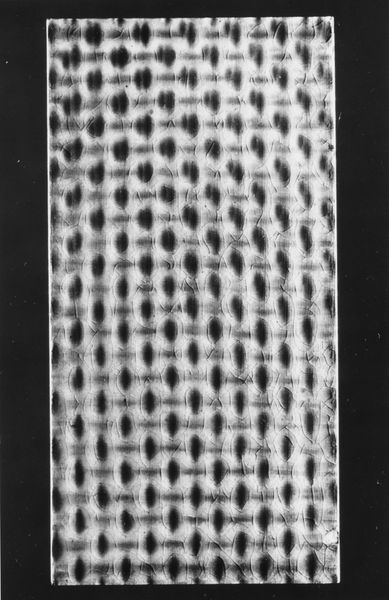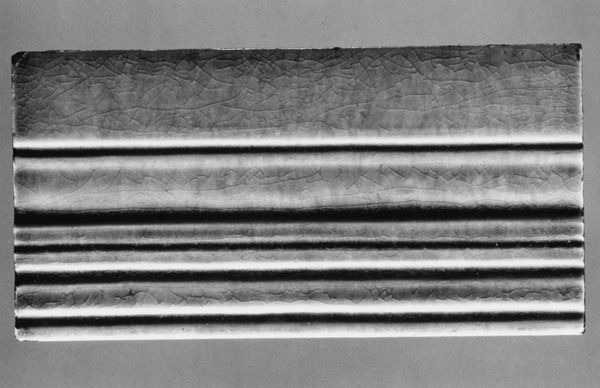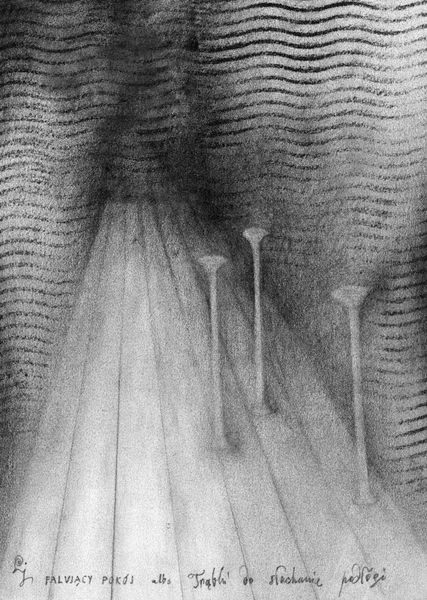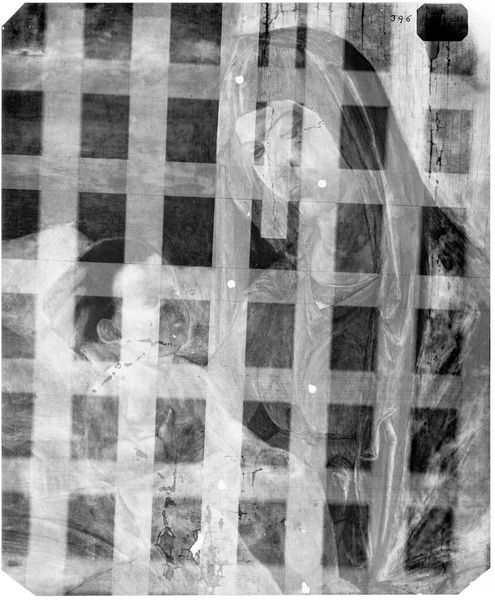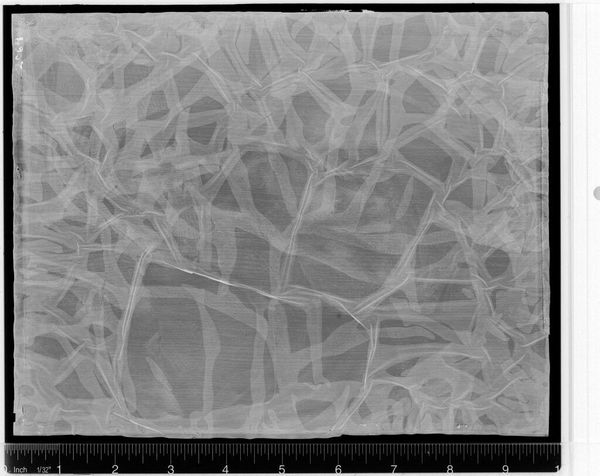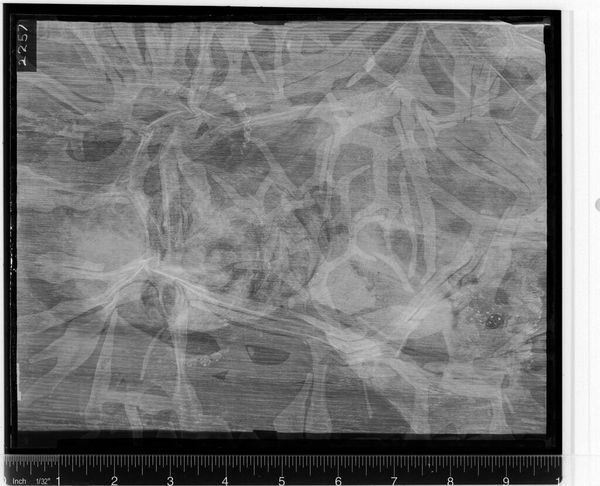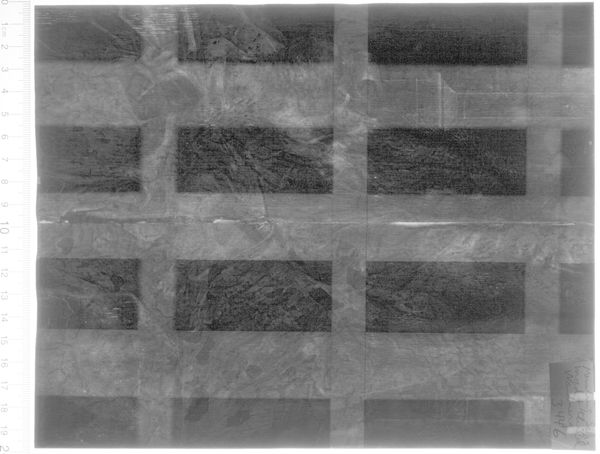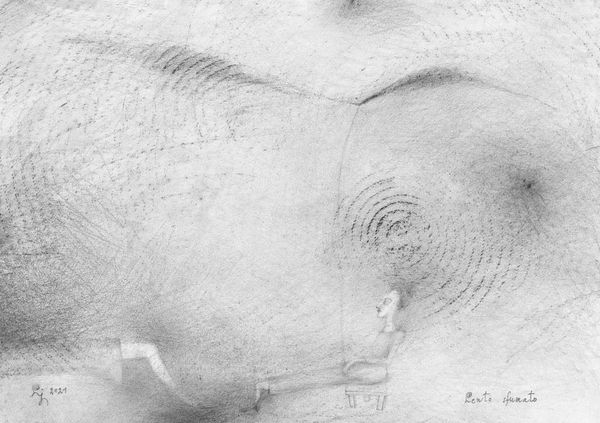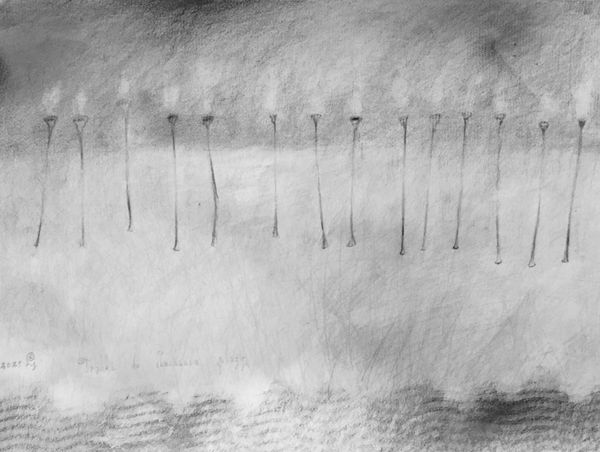
drawing, ink, pencil, graphite
#
drawing
#
sculpture
#
landscape
#
figuration
#
ink
#
pencil
#
line
#
graphite
#
texture
Dimensions: 21 x 29 cm
Copyright: Lech Jankowski,Fair Use
Curator: Lech Jankowski’s "Untitled," created in 2019, invites us to contemplate its subtle power. It’s a graphite, pencil, and ink drawing. What strikes you first about it? Editor: Immediately, I’m drawn to the repetitive use of those fish-like forms. They seem almost industrially produced, each nearly identical, which contrasts strangely with the handmade feel of the medium itself. Curator: Precisely. The artist uses the inherent qualities of graphite, pencil, and ink to challenge the mechanization and commodification of art and experience. The sea, or body of water below, takes the form of repeated, undulating lines. Notice that while each fish seems identical, there are unique flaws when you carefully consider the process. What narrative are these beings participating in? Editor: I read their uniformity as a kind of critique – are we to understand these fish as existing within a supply chain? Are these fish "prepped" and hanging, perhaps on their way to market? It begs a deeper exploration of labor and production in contemporary society. How the materials were used to generate this particular texture is part of the image’s power, speaking to consumption, or potential consumption. Curator: Absolutely, viewing this image in its sociopolitical context, Jankowski explores themes of loss, survival, and resilience, using an artistic language that questions accepted notions of being and otherness. Those almost fossilized forms have a spectral and ghostly presence. Their gaze implicates the viewer. This isn't just about production. It reflects anxieties around global changes. Editor: And, yet, for something tackling such hefty themes, there is a disarming simplicity to the tools used: pencil, graphite, ink. It is the layering, the manual labor inherent in creating each mark that amplifies the meaning. Curator: Indeed. Jankowski's choice to work with traditional mediums establishes a direct relationship to labor and hand production while investigating critical philosophical issues, highlighting a profound artistic sensitivity and the transformative capacity inherent in those mediums. Editor: So, it all comes back to the making. By examining the making and material processes, we unlock deeper layers of commentary embedded in this seemingly simple composition. Curator: Precisely. I'm now pondering the nature of our reflection, looking back at the reflection below, as we depart.
Comments
No comments
Be the first to comment and join the conversation on the ultimate creative platform.
